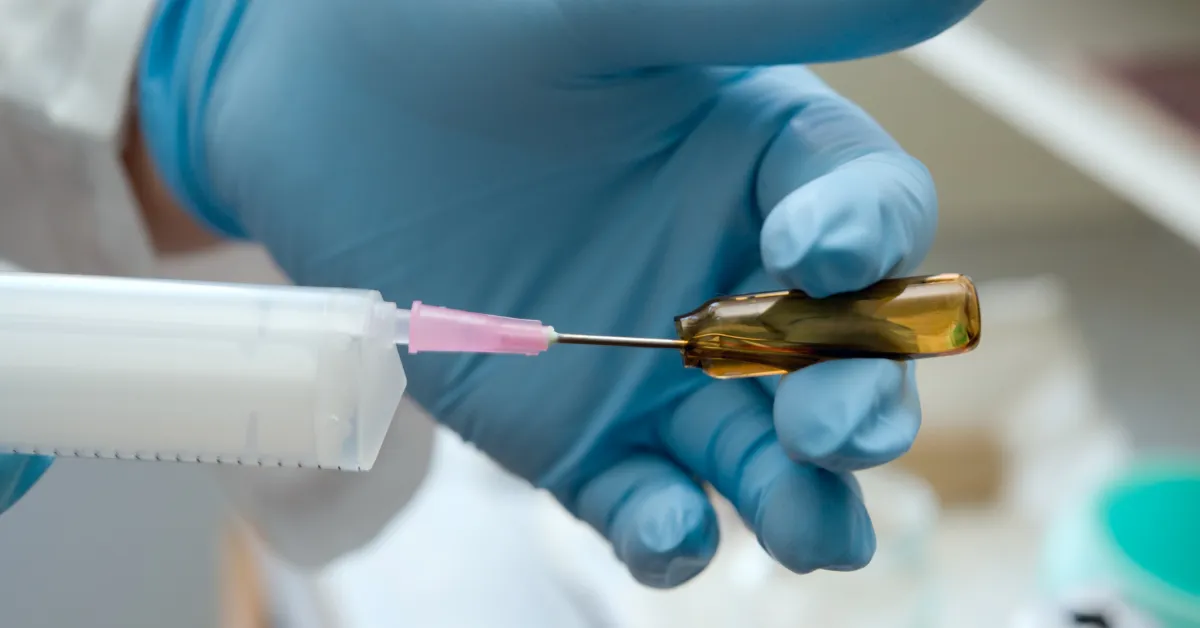ASCITIC TAP (PARACENTESIS)
Paracentesis is a procedure in which a needle or catheter is inserted into the peritoneal cavity to obtain ascitic fluid for diagnostic or therapeutic purposes. Ascitic fluid may be used to help determine the etiology of ascites, as well as to evaluate for infection or presence of cancer.
Paracentesis can be done for diagnosis, to analyze ascitic fluid (in which small quantities are removed), or for treatment, typically in patients with chronic tense ascites (in which case large quantities are removed).
Indications for Paracentesis
Diagnostic paracentesis
In patients who have peritoneal fluid that is new or of uncertain etiology
In patients with ascites and symptoms such as fever or increased pain that suggest possible infection of the ascitic fluid (eg, spontaneous bacterial peritonitis)
How long does a paracentesis take?
keyboard_arrow_up
The whole procedure, including the ultrasound scan to locate the fluid and insertion of the drain tube can take between 15 to 30 minutes.
Once the drain tube is in place, you will have to wait for the fluid to drain. This may take 15-30 minutes depending on the amount of fluid to be drained and how fast it drains.
You will be allowed to go home once the fluid has drained out and the drain tube has been removed.
Are there any after effects of a paracentesis?
There are no after effects from this procedure. However the removal of fluid from your abdomen should make you feel more comfortable than before the procedure.
You should avoid swimming or any strenuous activities for at least five days following the procedure to allow the wound to fully heal. Occasionally, fluid may leak out of the wound under the dressing. It is important to keep the wound clean and covered with a dressing until it is dry.

